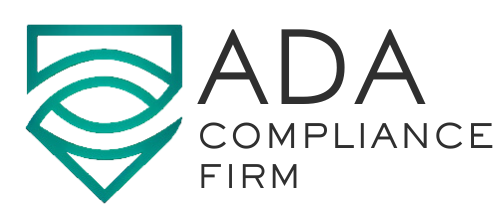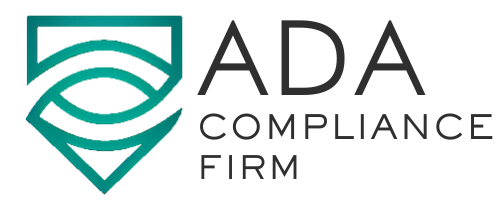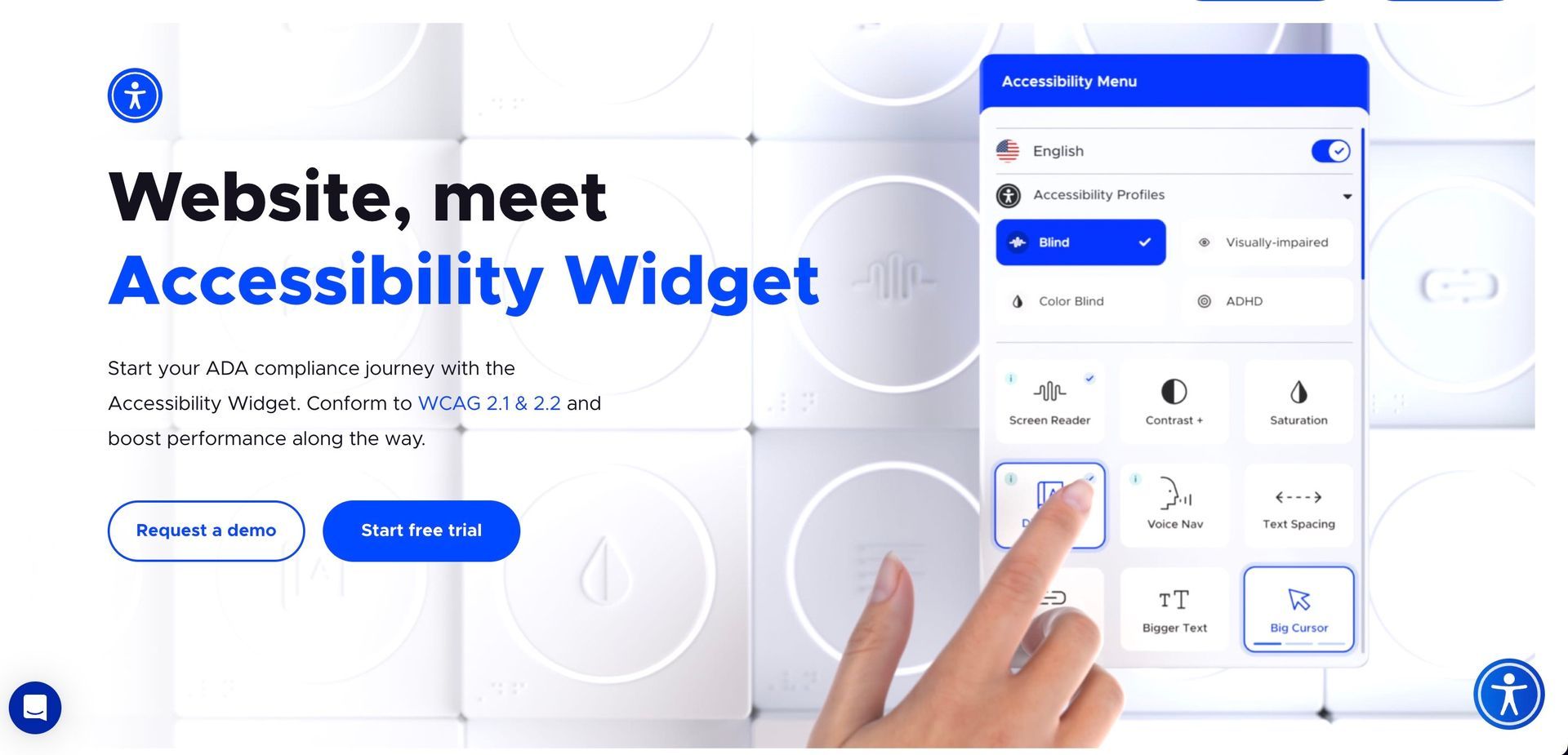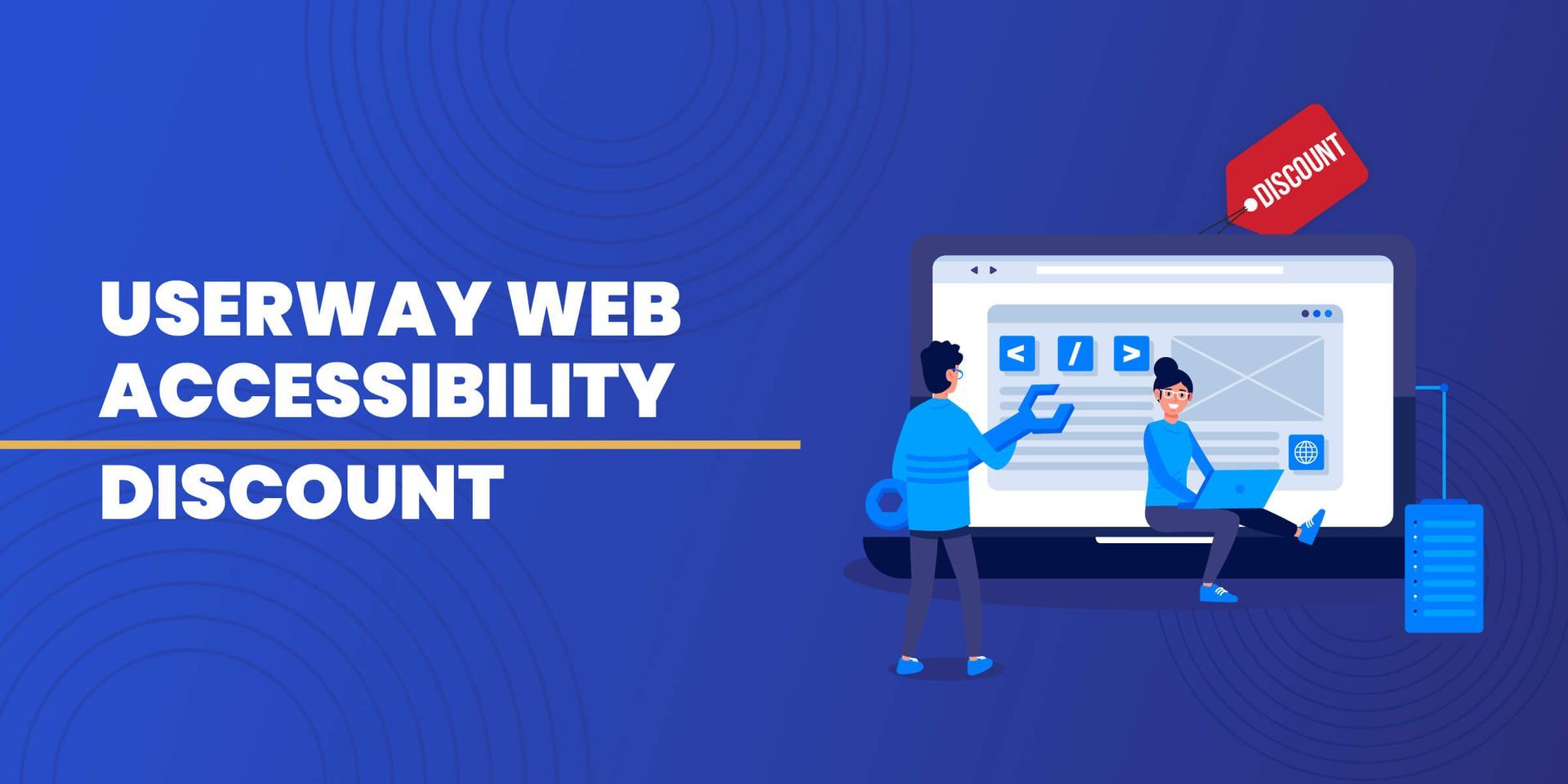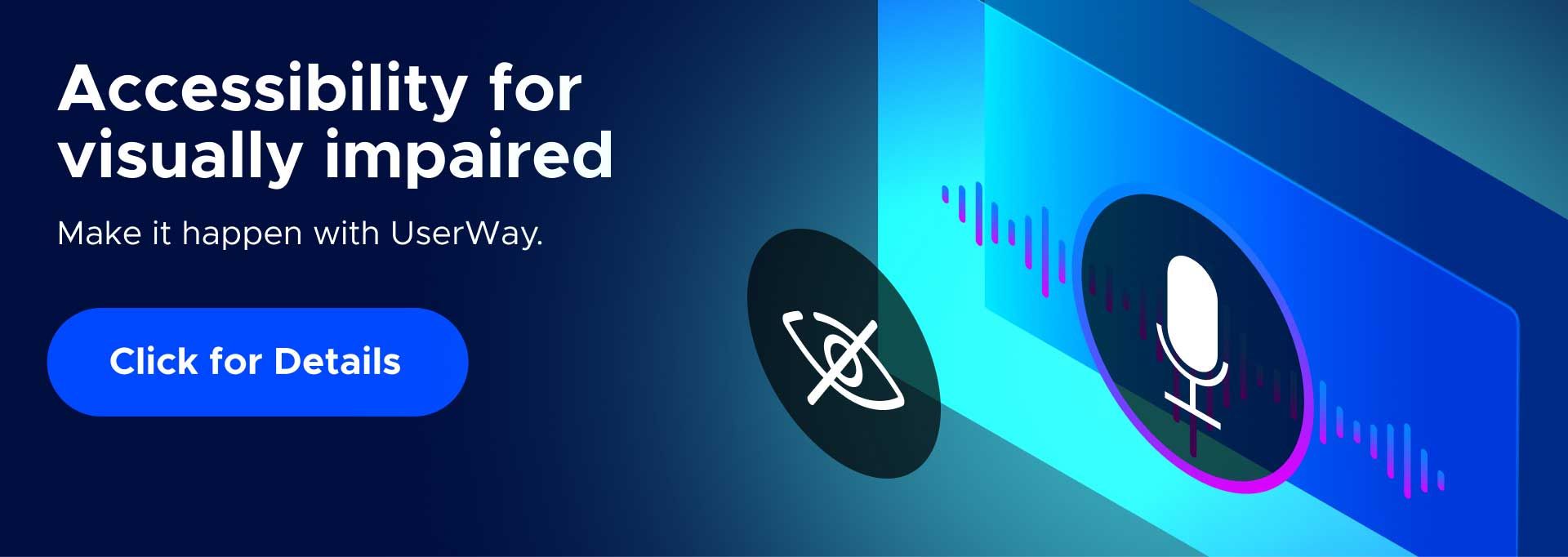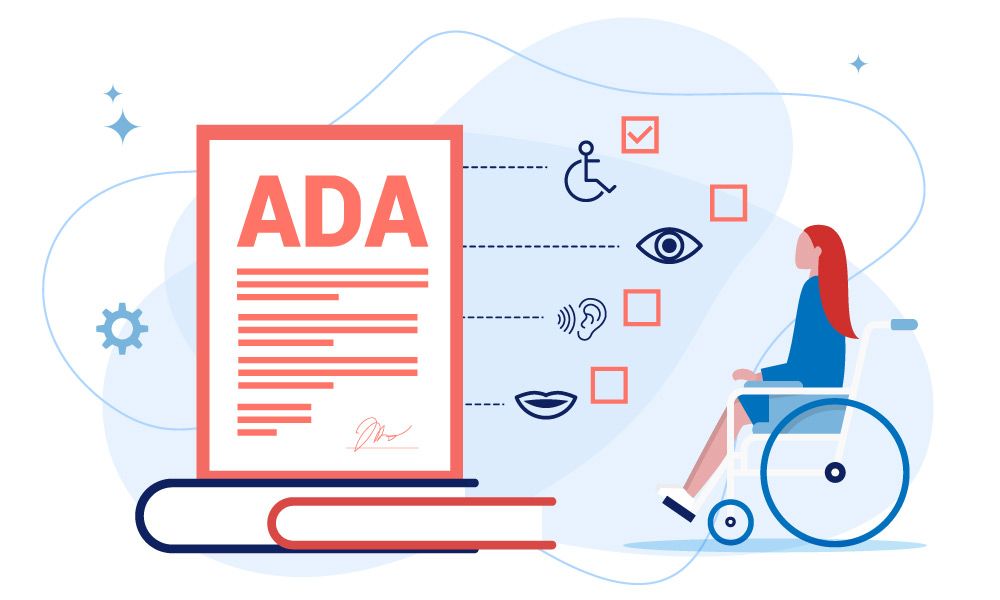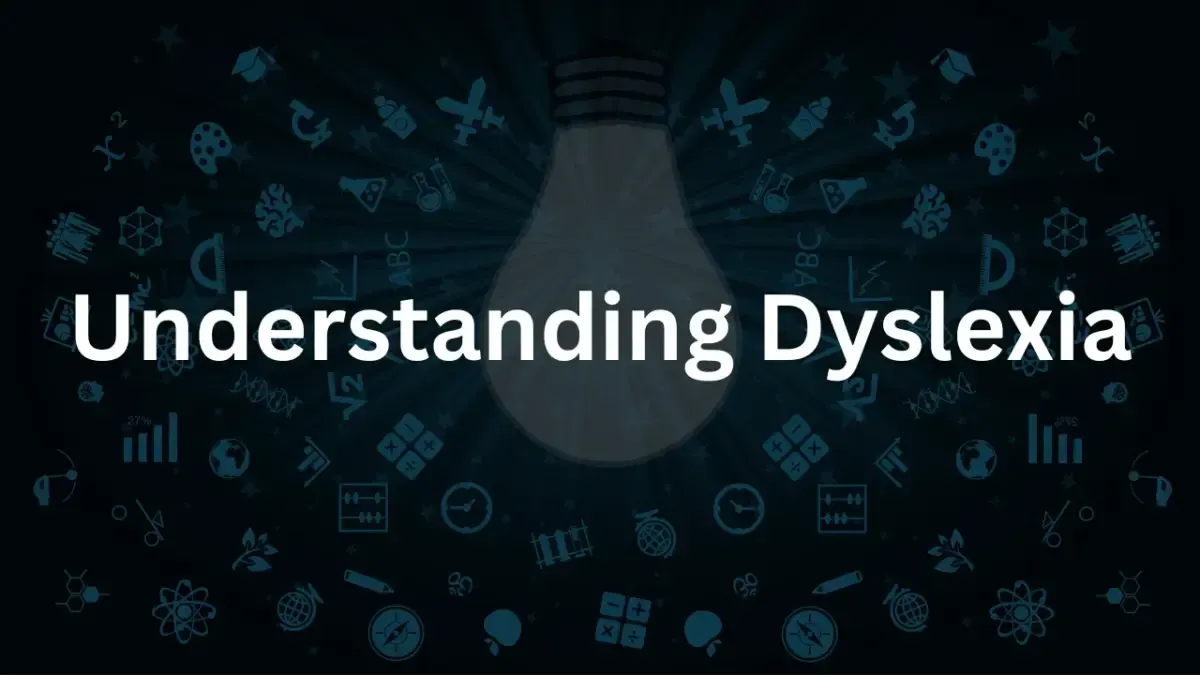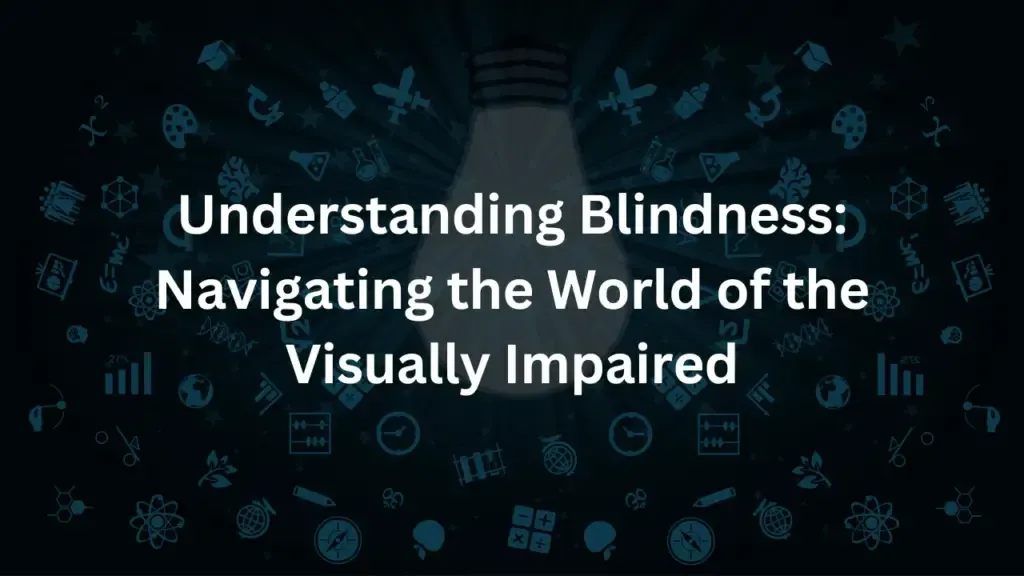Understanding Different Types of Disabilities

Disabilities manifest in various forms, each presenting unique challenges and requiring specific considerations for inclusion and accessibility. The ADA Compliance Firm plays a crucial role in advocating for the rights of individuals with disabilities, ensuring that they receive the support and resources they need to thrive in all aspects of life.
The Different Types of Disabilities
Disabilities can be categorized into several types, each with distinct characteristics and implications for individuals and society. This section will provide a detailed exploration of physical, mental, sensory, and intellectual disabilities, shedding light on the diverse experiences of those living with these conditions. Today we will be convering the different types of disabilities.
Physical Disabilities and Accessibility
Physical disabilities encompass a range of conditions that affect a person’s mobility, dexterity, or physical functioning. Understanding these challenges is crucial for developing effective accessibility solutions, guided by standards such as those outlined in Physical Accessibility Standards.
Mental and Emotional Well-being
Mental disabilities, including conditions like depression, anxiety, and bipolar disorder, impact an individual’s emotional and psychological well-being. Addressing the stigma and providing supportive environments are key steps towards empowering those affected by mental health conditions.
Sensory Disabilities: Navigating a World Designed for the Senses
Sensory disabilities, such as visual and hearing impairments, present unique challenges in a world predominantly designed for the sensory-abled. This section will delve into the experiences of individuals with sensory disabilities and explore strategies for creating more inclusive environments.
Intellectual and Developmental Disabilities
Intellectual disabilities, including conditions like Down syndrome, autism, and cerebral palsy, affect cognitive functioning and development. This section will highlight the importance of supportive educational systems, inclusive policies, and community resources.
Dyslexia and Accessibility in the Digital World
Dyslexia poses specific challenges in reading, writing, and information processing. The section will focus on the significance of digital accessibility in providing equal opportunities, referencing resources like Dyslexia and Accessibility.
Legal Framework and ADA Compliance
The Americans with Disabilities Act (ADA) provides a legal framework for protecting the rights of individuals with different types of disabilities. This section will discuss how ADA Compliance Firm guides businesses and organizations in understanding and implementing ADA standards.
Small Businesses and ADA Compliance
Small businesses play a crucial role in the economy and have unique opportunities to enhance accessibility. This section will explore the impact of ADA compliance on small businesses, offering insights from Small Business ADA Compliance.
The Intersection of Physical and Digital Accessibility
In today’s interconnected world, ensuring accessibility extends beyond physical spaces into the digital realm. This section will discuss the interconnectedness of physical and digital accessibility, emphasizing the comprehensive approach needed to support individuals with disabilities.
The Role of Inclusive Design in Digital Accessibility
Inclusive design principles are essential for creating digital content that is accessible to all users. This section will discuss the principles of inclusive design and their application in digital content creation, reflecting on broader inclusivity initiatives discussed in Disability and Inclusion.
Advocacy and Moving Forward
Advocating for disability rights and accessibility for different types of disabilities is an ongoing effort that requires the commitment of individuals, communities, and institutions. This section will discuss the role of advocacy, continuous improvement, and expert insights in shaping a more inclusive future, drawing from resources like Author’s Insights on ADA Compliance.
Conclusion About Different Types of Disabilities
In conclusion, understanding the diverse spectrum of disabilities is crucial for fostering a society that values inclusivity, accessibility, and equal opportunities for all. From physical and sensory impairments to mental and intellectual disabilities, each individual’s experience is unique and demands a thoughtful, comprehensive approach to accommodation and support.
The importance of adhering to legal frameworks like the ADA, coupled with the implementation of inclusive design in both physical and digital realms, cannot be overstated. As we continue to advocate for the rights and well-being of individuals with disabilities, it’s essential to embrace diversity, encourage empathy, and commit to creating environments where everyone, regardless of their abilities, can thrive. The journey towards a more inclusive society is ongoing, and each step forward enriches our communities with strength, understanding, and unity.
Join our newsletter
Recent Blog Posts
